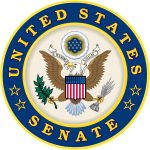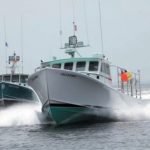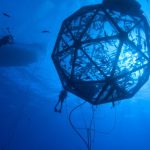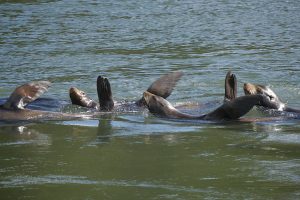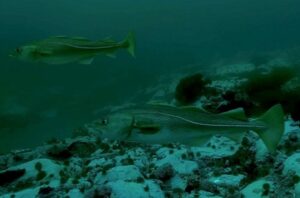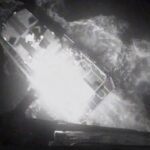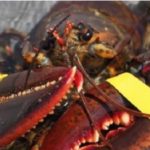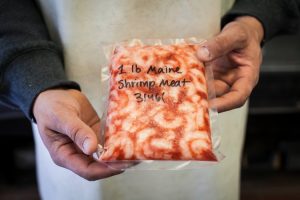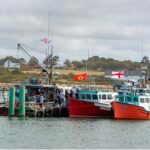Tag Archives: Risk Assessment Mitigation Program

CDFW Announces Closure Of Commercial Dungeness Crab Fishery Off Central California To Protect Humpback Whales
California Department of Fish and Wildlife (CDFW) Director Charlton H. Bonham has assessed entanglement risk under the Risk Assessment Mitigation Program (RAMP) and announced a fishery closure for the commercial Dungeness crab fishery in fishing zones 3, 4, 5 and 6 (Sonoma/Mendocino county line to the U.S./Mexico border) effective at noon on April 15, 2023. The take and possession of Dungeness crab is therefore prohibited after noon on April 15, 2023, in fishing zones 3-6. This season closure is being implemented to minimize entanglement risk for humpback whales as they return to forage off the coast of California and in response to several entanglements that occurred during March and April of 2022. >click to read< 06:53
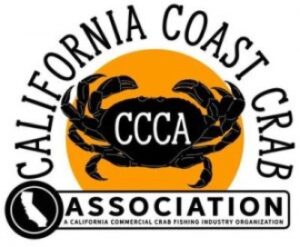
Punitive New Rules Will Crush CA Dungeness Crab Fishing Families, Threaten Holiday Crab Traditions
This week, the California Department of Fish and Wildlife (CDFW) put into effect onerous new regulations that among other things, could delay or close the state’s iconic crab fishery if whales are present near the crab grounds and could economically devastate our coastal communities that rely on the fishing and seafood industry. Called the Risk Assessment Mitigation Program (RAMP), these punitive rules also include triggers for crab fishery closures that are more restrictive than even the strictest fishery laws in the nation, the Marine Life Protection Act (MLPA) and the Endangered Species Act (ESA). “Regulators seem to be more concerned about the optics in the media of the rare occurrence of an entangled whale than the fact that the populations of these marine mammals, which migrate off our coast, are skyrocketing, and may soon be eligible for removal from the Endangered Species List,” said Ben Platt, president of the California Coast Crab Association (CCCA). >click to read< 10:02
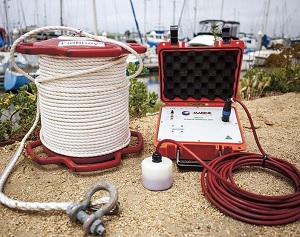
Ropeless gear is not the silver bullet – New technology promises to save the whales by reducing the need for crab fishing lines.
“We are working with fishermen to see what works and what doesn’t and what allows the fisherman to survive economically,” says Geoff Shester, a Monterey-based scientist with nonprofit Ocean. In June, the Ocean Protection Council awarded $500,000 for the testing of pop-up gear in the coming fishing season. The money will pay for five prototypes, including designs by Marina-based Desert Star Systems and Watsonville-based McFarlane Marine Services. The money will also go to fishermen participating in the research. A new crab industry group, California Coast Crab Association, is pushing back. Its president, Ben Platt, described the RAMP regulations as “an existential threat to our livelihoods”,,, >click to read< 08:39
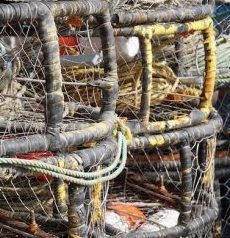
California plans to protect whales from crab traps rankle all sides – one thing was clear, no one’s happy.
Stakeholders on both sides of the aisle had complaints — environmentalists don’t think the protections go far enough, while industry groups say the regulations threaten the economic viability of the crab fishing industry. Set to take effect Nov. 1, the California Department of Fish and Wildlife’s Risk Assessment Mitigation Program (RAMP) will serve as the primary mechanism for mitigating entanglement risk to humpback and blue whales and leatherback sea turtles whose populations are endangered and could suffer additional casualties due to getting caught in Dungeness crab fishing gear. The regulation would replace the interim authority given to the director of the Department of Fish and Wildlife,, >click to read< 09:13

































